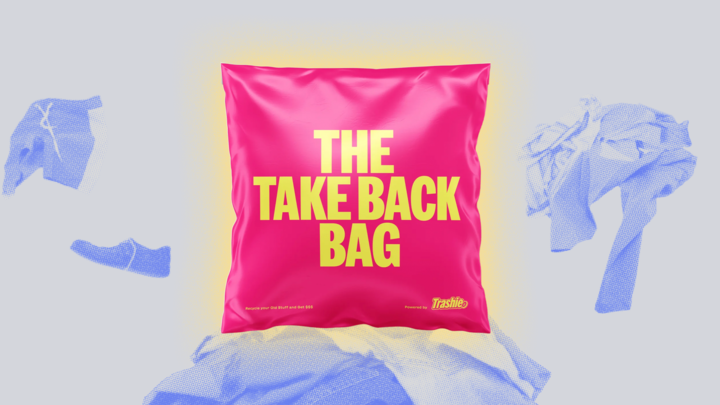Yeah, that’s commonplace where people are like, oh no, you’ve got to change it up and fresh. With the price points the way they are, it’s made it very accessible to consume a lot of units, and then it puts pressure on the upstream supply chain to keep cost flow, that volume stays there, and it’s just a self-fulfilling prophecy.
Do you think we take our clothing, for lack of a better word, for granted?
There’s a human component of manufacturing I think is really important to remember…every time I buy a garment it takes three, four, five people to make. Why am I not respecting them? Or the raw materials, the cotton that went into it? That’s the disconnection. There’s value there that I think we lost connection to. And so we toss it. We don’t think we’re tossing anything of value, and I’m like, that’s valuable. Let’s find a way to harness that value for good.
I’ve personally observed an interesting trend happening in fashion right now, where it seems like we are dealing with two extremes. Thrifting and upcycling clothes is extremely popular and trendy, perhaps more than ever before, but it’s also common for people to buy huge “clothing hauls” from retailers like Shein. What’s the disconnect there?
We’ve done some focus groups, and the conversation that comes out of those is really fascinating. If you look at the high level polling of people, 80% care about sustainability if not higher. But when I get people into a room, there are similar dynamics where people are thrifting and also shopping at Shein. When they talk about thrifting, they do it because it’s cool and it’s smart, not the sustainability part. It’s like, oh, it’s cool and it’s hard. Look what I found. They’re doing it because it’s less expensive, the thrill of the hunt, and the fact that what you find is a signal of how good you are at it. I actually found in those conversations almost an active rejection of the fact that it was sustainable, which I found really amazing. There’s also a lot of skepticism about greenwashing, people thinking, oh, it’s all fake.
How do you and Trashie go about solving this disconnect?
The way I think about it and what we work toward is real sticky systemic change is what’s needed. If you rely entirely on customer sentiments [about sustainability], you’re just never going to get there. You have to think about how, again, how am I solving a pain point? How am I providing a great experience? How am I putting money back into the consumer’s pocket?
I think we all—myself included—would like to think that when we donate clothes to places like Goodwill we are doing good, not just throwing our things away. What’s the reality?
The reality is Goodwill doesn’t need all of our trash. So they’ll take out where they can sell and then sometimes dispose of the rest and try to find a really inefficient market for it. Those corner bins, people will take those, throw them into a huge bale, like a 2,000 pound bale and ship it offshore. So those terrible pictures that you see of the Chilean desert and the beaches of Ghana, often you’re shipping the entire bucket blindly to a country that has no sorting capacity in waste management. There will be things in there like dirty diapers or coffee bags, people are not responsible that way. So that’s happening. People I think feel like they’re donating to a cause. Let’s donate clothes to Ukraine. Ukraine does not need your heels, your bar tops are not really servicing that at this point. It’s a filtration system to try and generate revenue. It’s just a really old model.

